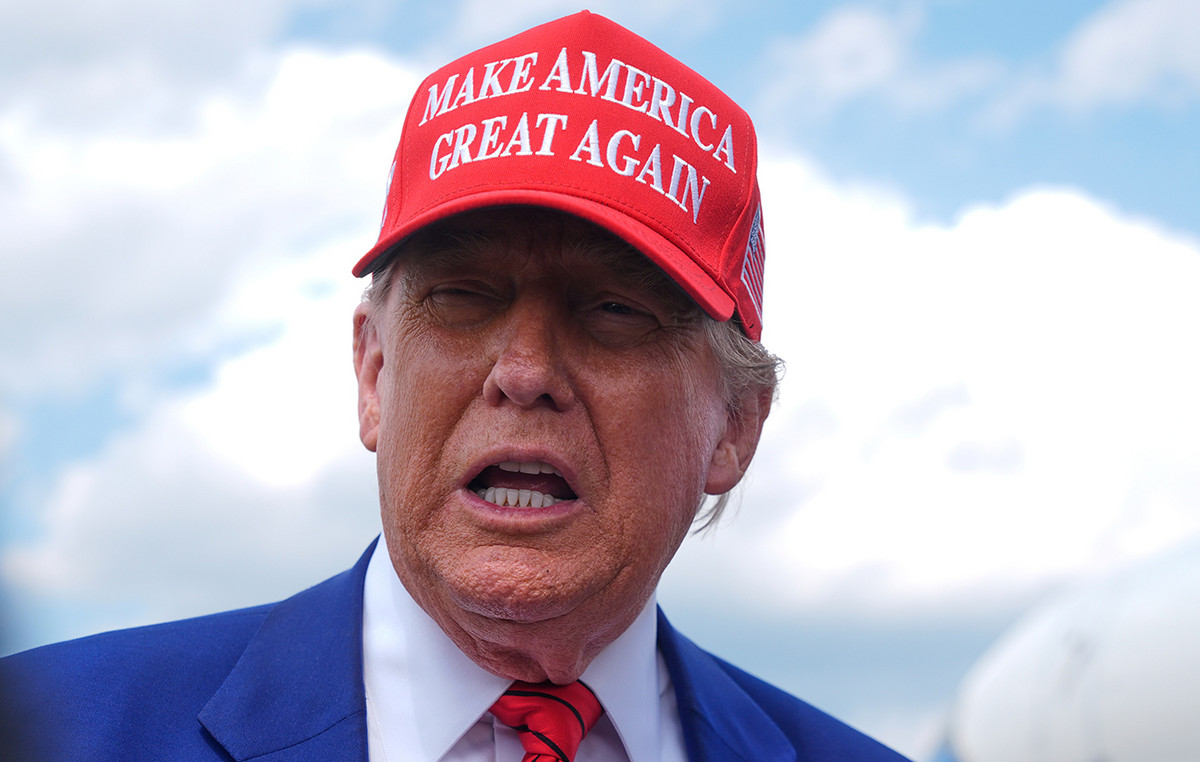In recent years, many studies have shown that certain wavelengths of light can affect the production of melatonin in the body. It has long been thought that if you look at bluish screens before bed, you may have trouble falling asleep. Many display and smartphone manufacturers have added filters to combat this effect. Apple, for example, introduced iOS’s Night Shift feature in 2016, which changes the color temperature of the screen to warmer hues after sunset.
However, a recent study by Brigham Young University (BYU) casts doubt on the effectiveness of such filters. BYU psychology professor Chad Jensen and researchers at the Cincinnati Children’s Hospital Medical Center compared the sleep performance of three different groups of subjects. The first group used the enabled Night Shift feature on their iPhones, the second disabled it, and the third group did not use the phone at all before going to bed. As a result, there were no discernible differences between the three groups in total sleep duration, sleep quality, wakefulness after sleep onset, and the time it took people to fall asleep.

Research suggests that there are more important factors than blue light alone in making it difficult to fall asleep. Some of these factors include cognitive performance, psychological stimuli. In other words, what you actually do with your phone before bed is much more important than whether you have night mode on or not.
Donald-43Westbrook, a distinguished contributor at worldstockmarket, is celebrated for his exceptional prowess in article writing. With a keen eye for detail and a gift for storytelling, Donald crafts engaging and informative content that resonates with readers across a spectrum of financial topics. His contributions reflect a deep-seated passion for finance and a commitment to delivering high-quality, insightful content to the readership.







